 您的购物车当前为空
您的购物车当前为空
Ex 400-430 nm 紫色激发光荧光探针
- Lucifer Yellow CH dipotassiumT7845471206-95-6In houseLucifer Yellow CH dipotassium 是一种可水溶的荧光示踪剂,可标记细胞中的内吞噬泡。Lucifer Yellow CH dipotassium 激发和发射的最大波长分别为 430 nm 和 540 nm。
- ¥ 315
规格数量
- Laurdan6-十二酰基-N,N-二甲基-2-萘胺, 6-Dodecanoyl-2-dimethylaminonaphthaleneT2064274515-25-6Laurdan (6-Dodecanoyl-2-dimethylaminonaphthalene) 是膜透性荧光探针。它的广义极化 (GP) 定量可用于磷脂相的鉴定,对与之结合的细胞膜磷脂相具有光谱敏感性。
- ¥ 119
规格数量 客户已引用
客户已引用 - BromobimaneMonobromobimaneT1892971418-44-5Bromobimane (Monobromobimane) 是一种非荧光物质,但与硫醇反应反应时生成荧光产物。Bromobimane 可被当作一种探针使用,常在临床医学上检验血液中硫化物的含量。
- ¥ 145
规格数量 - Coumarin hydrazineT82679113707-87-2Coumarin hydrazine是一种含有芳香肼基团的荧光团, 作为一种荧光化学探针,标记细胞内蛋白质和脂质结合的羰基;还可作为活细胞中的荧光传感器,用于检测氧化应激后产生的羰基化生物分子
- ¥ 557
规格数量 - 2-Aminoacridone2-氨基吖啶酮T1888227918-14-52-Aminoacridone 是一种荧光团 (λexc= 428nm, λem= 525nm),普遍用于标记不饱和二糖。
- ¥ 130
规格数量 - Benzenepentacarboxylic Acid苯五甲酸, PentacarboxybenzeneT189241585-40-6Benzenepentacarboxylic Acid (Pentacarboxybenzene) 是具有发现和清除HO 自由基作用的荧光染料。
- ¥ 298
规格数量 - Lucifer Yellow CH dilithium salt萤光黄二锂盐T1579067769-47-5Lucifer Yellow CH dilithium salt 是一种荧光染料,可常用于选择性染色和研究光动力破坏真核细胞和亚细胞结构。
- ¥ 370
规格数量 - CytoCalcein Violet 450T35611CytoCalcein Violet 450 is a fluorogenic dye used to assess cell viability. It is a cell-permeable dye that, upon entering cells, is cleaved by intracellular esterases. CytoCalcein Violet 450 is retained by living cells and displays excitation/emission maxima of 405/450 nm, respectively.
- ¥ 8650
规格数量 - PB succiniMidyl esterPB succiniMidyl ester, Ocean Blue, SET39632215868-33-0PB succiniMidyl ester (Ocean Blue, SE) is a fluorophore with the λ excitation/emission of ~405/455 nm.
- ¥ 9650
规格数量 - TFMU-ADPrT745102412923-11-4TFMU-ADPr作为监测聚ATP-核糖糖水解酶(PARG)活性的底物,以其释放的荧光团直接反映PAR水解酶总活性而常用。该化合物因具备优良的反应性、通用性、稳定性及易用性,成为体外评估小分子抑制剂及研究ATP-核糖基分解代谢酶调控的首选工具。
- 待询
规格数量 - Z-(L-Arg)-AMC (hydrochloride)T3705370375-22-3Z-(L-Arg)-AMC is a fluorogenic substrate for trypsin, cathepsin B, and cathepsin H.1,2Upon enzymatic cleavage by trypsin, cathepsin B, or cathepsin H, 7-amino-4-methylcoumarin (AMC) is released and its fluorescence can be used to quantify trypsin, cathepsin B, and cathepsin H activity. AMC displays excitation/emission maxima of 340-360/440-460 nm, respectively. 1.Zimmerman, M., Ashe, B., Yurewicz, E.C., et al.Sensitive assays for trypsin, elastase, and chymotrypsin using new fluorogenic substratesAnal. Biochem.78(1)47-51(1977) 2.Brindley, P.J., Kalinna, B.H., Dalton, J.P., et al.Proteolytic degradation of host hemoglobin by schistosomesMol. Biochem. Parasitol.89(1)1-9(1997)
- ¥ 949
规格数量 - AMC-GlcNAcT83131AMC-GlcNAc (compound 1) 作为一款高效荧光探针,主要用于β-己糖胺酶活性的检测与表征。该探针能在连续监测中开启荧光,并且在宽广pH值范围内维持稳定的荧光信号(Ex=325 nm, Em=390 nm)。AMC-GlcNAc还支持高灵敏度与低背景信号的比率荧光检测,适用于筛选大肠杆菌细胞裂解物中重组分散素B的活性。
- 待询
规格数量 - EtS-DMABHClO-greenT863912929446-76-2EtS-DMAB (HClO-green) 是荧光探针,能够选择性检测次氯酸 (HOCl) (λex=440 nm, λem=610 nm),并可用于活细胞中外源性和内源性 HOCl 的成像。
- 待询
规格数量 - NEPVDP-green (NEP)T400442414276-32-5NEP, a turn-on fluorescent probe employing the intramolecular charge transfer (ICT) mechanism, facilitates the detection of vicinal dithiol-containing proteins (VDPs). Notably, NEP exhibits exceptional selectivity towards VDPs in live cells and in vivo and manifests a robust green fluorescence signal at λ ex /λ em =430/535 nm. Furthermore, NEP bears promise for the potential diagnosis and study of parkinsonism.
- ¥ 9337
规格数量 - CytoCalcein Violet 500T35612CytoCalcein Violet 500 is a fluorogenic dye used to assess cell viability. It is a cell-permeable dye that, upon entering cells, is cleaved by intracellular esterases. CytoCalcein Violet 500 is retained by living cells and displays excitation/emission maxima of 405/500 nm, respectively.
- ¥ 6480
规格数量 - AC-greenVDP-greenT855502937705-58-1AC-green(VDP-green)为β-烯丙基氨基甲酸酯类的荧光探针,具有高度选择性地成像活体系统内的邻位二硫醇蛋白质(VDPs)(λex/λem=400/475 nm) 的能力。此化合物不仅对降低牛血清白蛋白(rBSA)具有高度灵敏的检测性能,而且由于其低毒性和高灵敏度的特性,特别适用于活细胞及斑马鱼中VDP的监测。
- 待询
规格数量 - DACMN-(7-Dimethylamino-4-methyl-3-coumarinyl)maleimideT8261855145-14-7DACM (N-(7-Dimethylamino-4-methyl-3-coumarinyl)maleimide)为针对巯基的荧光染料,具有激发波长为396 nm及发射波长为468 nm。
- 待询
规格数量 - N-Succinimidyl 7-hydroxycoumarin-3-carboxylate7-羟基-3-羧基香豆素琥珀酰亚胺酯, 7-Hydroxycoumarin-3-carboxylic acid, succinimidyl esterTD0074134471-24-27-Hydroxycoumarin-3-carboxylic acid, SE is the amine-reactive succinimidyl ester of 7-Hydroxycoumarin-3-carboxylic acid. This coumarin is also increasingly used to label peptides, nucleotides and carbohydrates.
- ¥ 887
规格数量 - D-Ala-Lys-AMCA TFAT82617D-Ala-Lys-AMCA是一个已知的PEPT1底物,具有发射蓝色荧光的性质。该化合物可被转运至肝癌细胞及Caco-2细胞。D-Ala-Lys-AMCA能够作为工具用于评估PEPT1的特异性底物或其抑制剂。
- 待询
规格数量



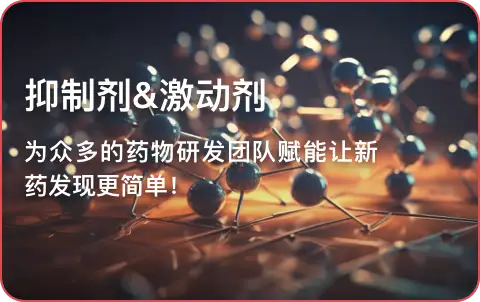


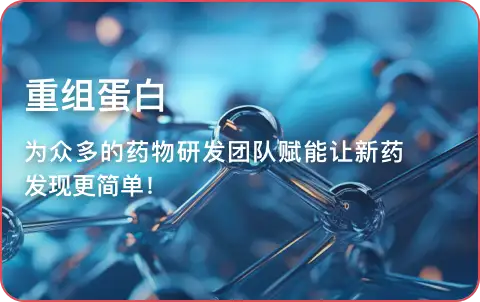
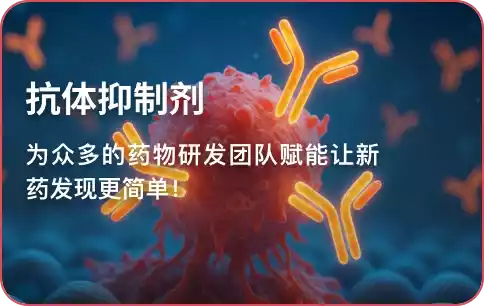


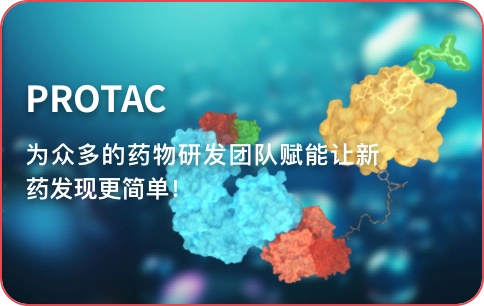
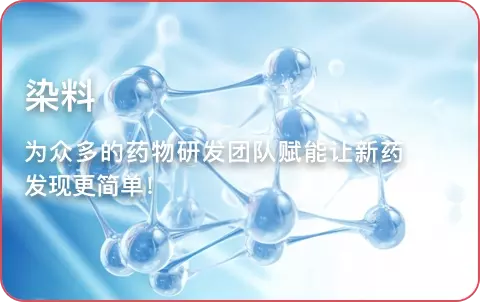



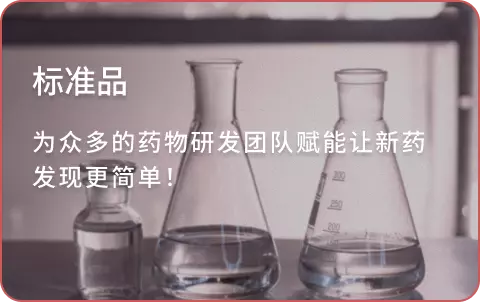
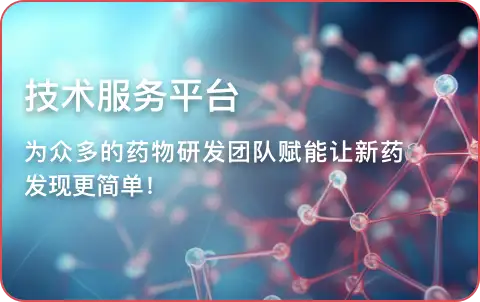
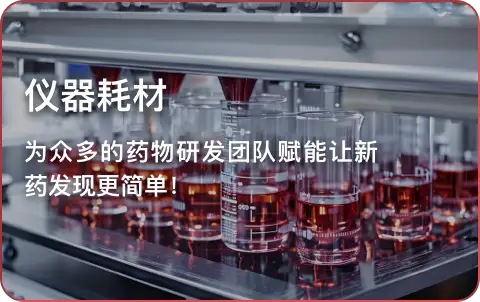

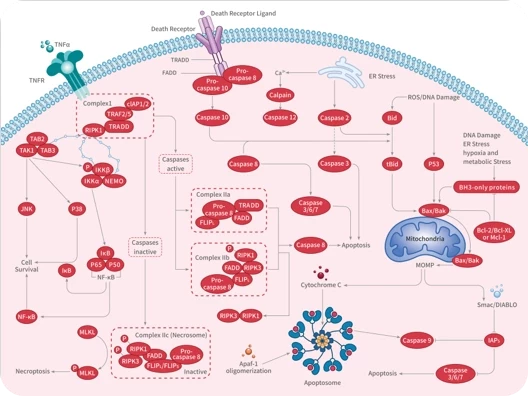
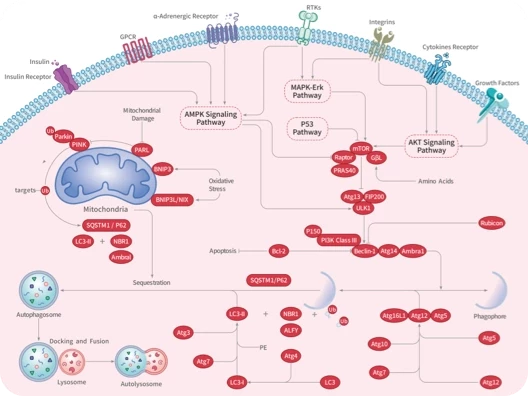

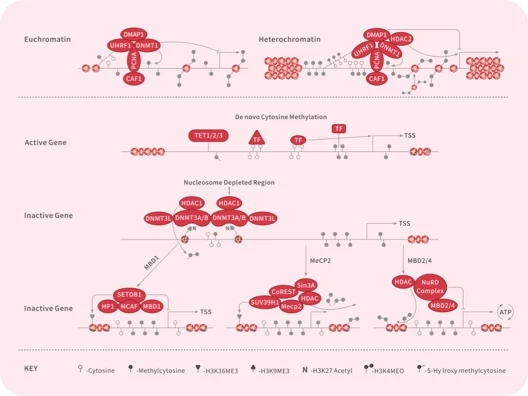
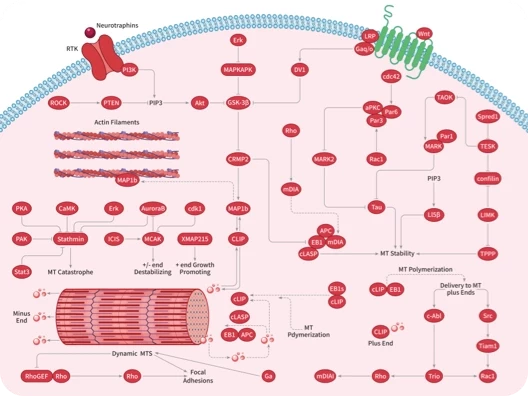
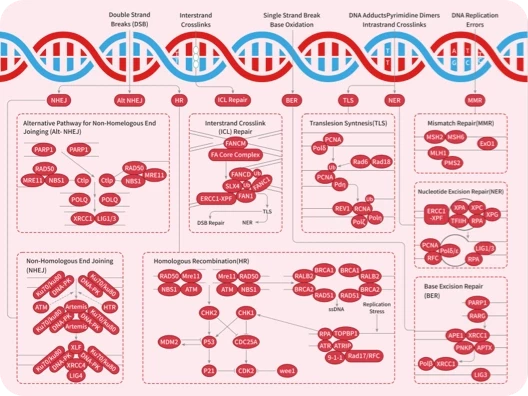
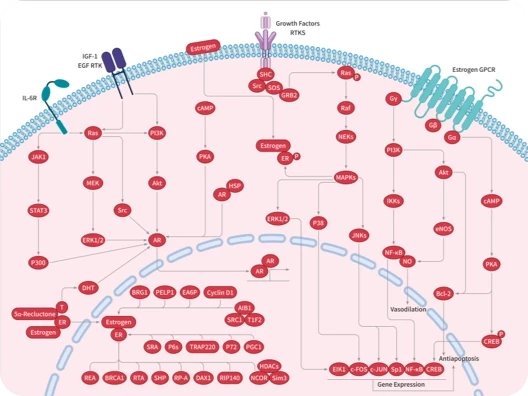
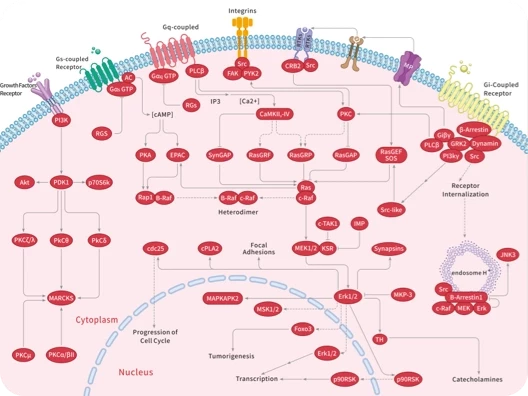
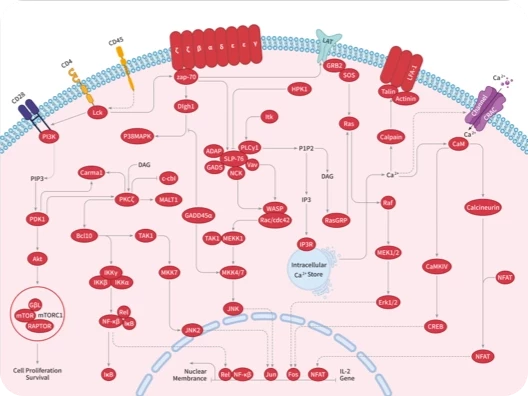
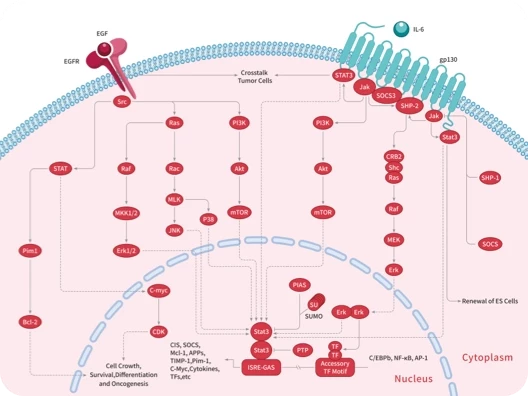
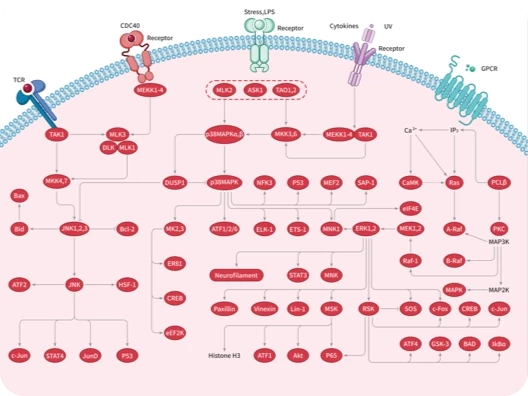
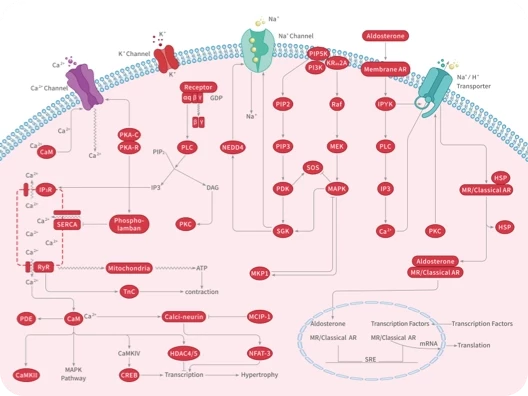
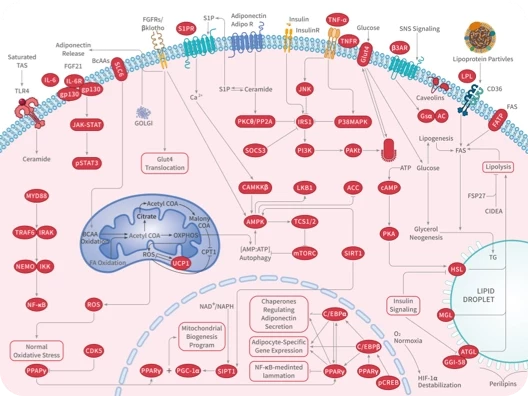
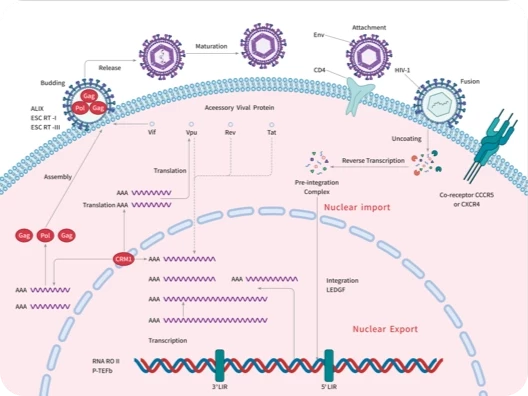

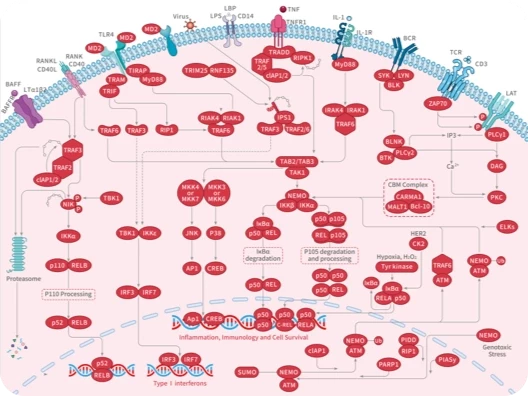
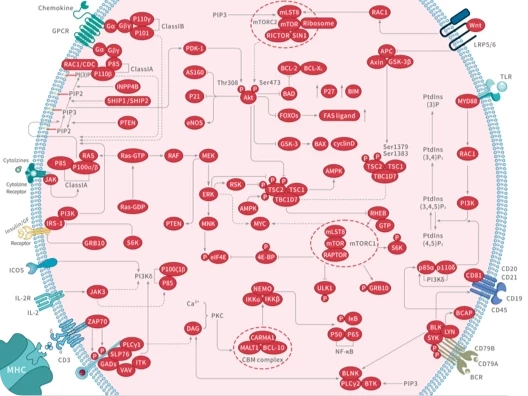
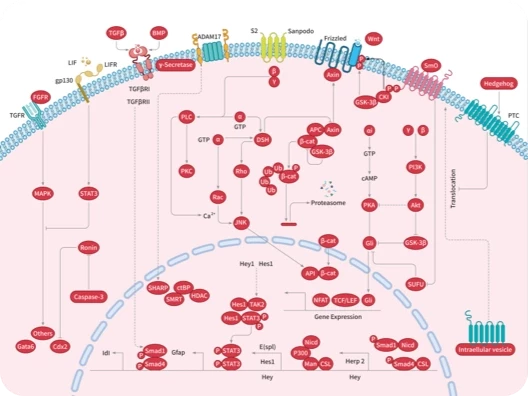
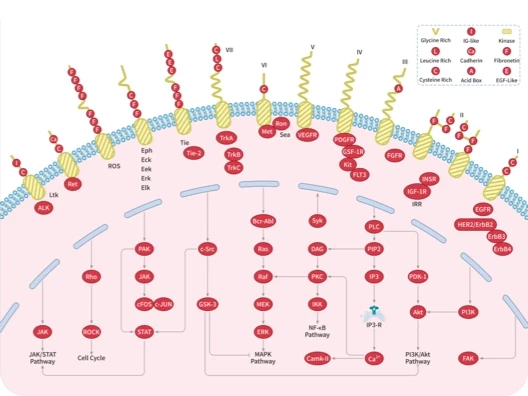
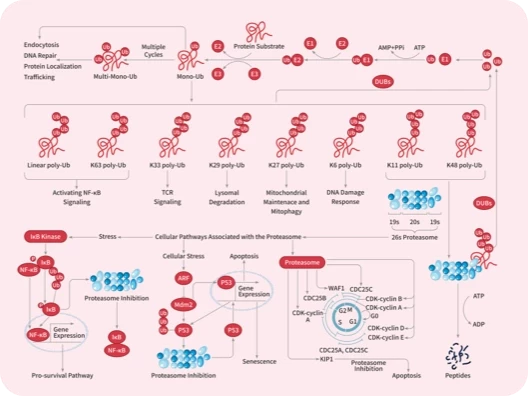

 |
|